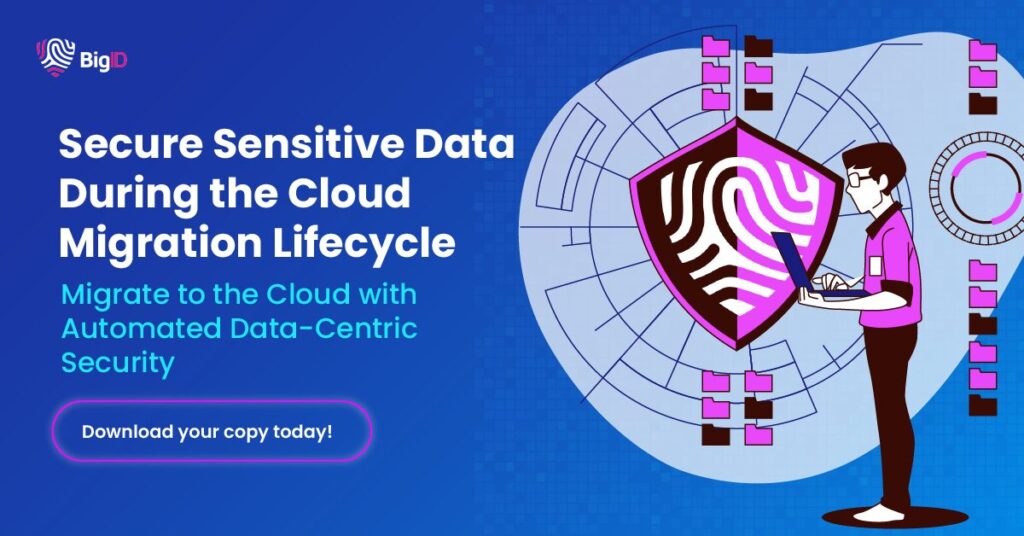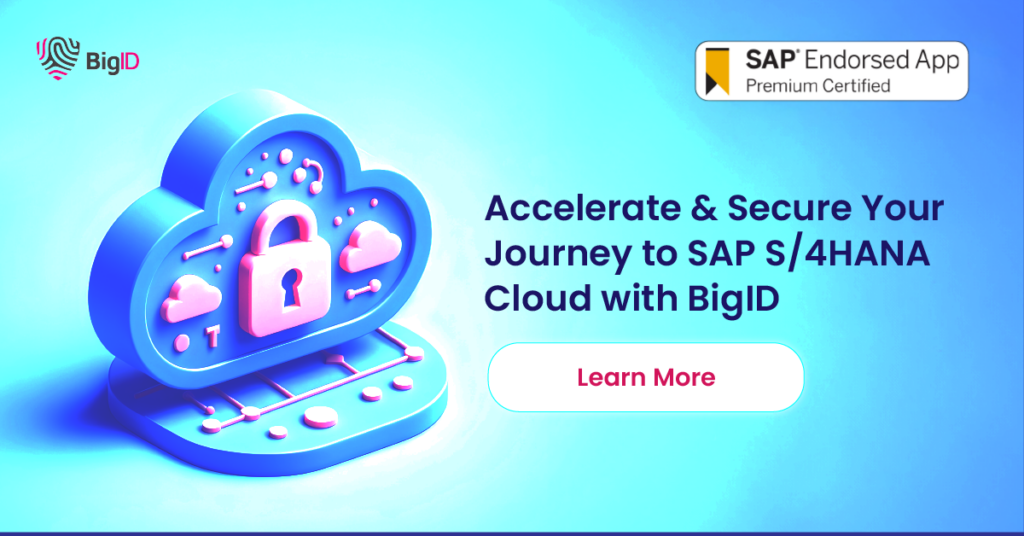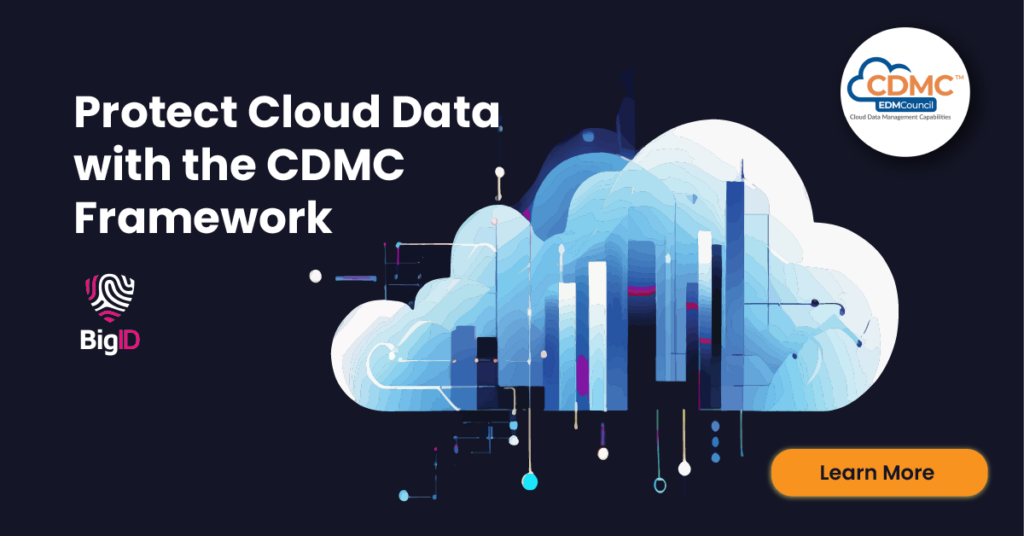Securing Files in the Cloud: Understanding Cloud DLP
By now, everyone is probably familiar with the cloud, and the majority of businesses will use its storage solutions for data management. But the big question is, how do you ensure sensitive information remains secure in the cloud? This is where Data Loss Prevention (DLP) security comes in.
Cloud DLP is a set of tools and practices designed to safeguard data stored in cloud environments from unauthorized access, leaks, and breaches. This article will explore the fundamentals of Cloud DLP, common ways organizations compromise their sensitive data, and proactive measures to detect breaches early. We’ll also delve into top cloud providers and their Cloud DLP offerings, providing insights for CISOs, IT professionals, and security leaders.
Why Is Cloud DLP Important?
Cloud DLP is essential for protecting sensitive data such as personal identifiable information (PII), financial records, intellectual property, and other confidential data. As data breaches become more sophisticated, the need for robust security measures in the cloud is paramount. According to a study by IBM, the average cost of a data breach in 2023 was $4.45 million, highlighting the financial impact of insufficient data protection.
Types of Data Threats and Common Ways Organizations Compromise Sensitive Data in the Cloud
Understanding the different types of data threats is essential to effectively protect your data in the cloud. While cloud platforms offer scalable and secure infrastructure, many organizations unknowingly compromise sensitive information through preventable mistakes. Below are some of the most common ways businesses expose themselves to risk and what to watch out for:
Misconfigured Cloud Settings
One of the most common ways organizations compromise their data is through misconfigured cloud settings. Open storage buckets, inadequate data access controls, and improper permission settings can lead to unauthorized data transfers and data leakage.
Insider Threats
Employees or contractors with legitimate access to sensitive data can intentionally or accidentally cause breaches and leakage of sensitive data. Insider threats are challenging to detect and mitigate without comprehensive monitoring.
Phishing Attacks
Cybercriminals often use phishing attacks to steal login credentials, gaining access to cloud accounts. Once inside, they can exfiltrate sensitive data or deploy malware.
Shadow IT
The use of unauthorized applications and services by employees can bypass IT security controls, leading to potential data leaks and unmonitored transfer of data.

Proactive Measures for Early Breach Detection
- Continuous Monitoring: Implement continuous monitoring of cloud environments to detect unusual activities, such as multiple login attempts, data exfiltration, and unauthorized access. This often involves the use of Security Information and Event Management (SIEM) tools that aggregate and analyze log data in real time.
- Machine Learning and AI: Utilize machine learning and artificial intelligence to identify patterns and anomalies that may indicate a breach. These technologies can provide early warnings and reduce the time to detect and respond to threats.
- Regular Audits and Assessments: Conduct regular audits and security assessments to ensure compliance with security policies and identify potential vulnerabilities.
- Employee Training: Regularly train employees on the latest security practices, phishing prevention, and the importance of following security protocols.
Traditional DLP Security vs. Cloud DLP: Similarities and Differences
What is Traditional DLP?
Traditional Data Loss Prevention (DLP) refers to security measures and technologies designed to protect sensitive data within on-premises environments. These solutions focus on monitoring, detecting, and preventing data breaches and leaks through endpoint DLP devices, network DLP, and storage systems within an organization’s physical infrastructure. Traditional DLP tools include endpoint protection, network monitoring, and data encryption to ensure data security and compliance with regulatory requirements.
What is Cloud DLP?
Cloud DLP, on the other hand, extends these protective measures to data at rest, data in use, and data in motion within cloud environments. As organizations migrate their workloads to cloud platforms, Cloud DLP addresses the unique challenges and vulnerabilities associated with cloud computing. It encompasses data discovery, classification, and protection across multi-cloud and hybrid environments, ensuring all types of data remain secure irrespective of their location.
Similarities Between Traditional DLP and Cloud DLP
Data Protection Goals
Both traditional and cloud data loss prevention solutions aim to protect sensitive data from unauthorized access, breaches, and leaks, ensuring compliance with data protection regulations.
Data Discovery and Classification
Both solutions identify sensitive data and classify it to understand what needs protection and apply appropriate security measures.
Policy Enforcement
Both traditional and cloud DLP enforce security policies to prevent unauthorized data sharing, access, and transmission.
Monitoring and Alerting
Both solutions provide monitoring and alerting capabilities to detect and respond to potential security incidents in real-time.

Differences Between Traditional DLP and Cloud DLP
Deployment Environment
- Traditional DLP: Deployed within on-premises infrastructure, focusing on securing endpoints, networks, and local storage systems.
- Cloud DLP: Deployed within cloud environments, focusing on securing data across cloud storage, applications, and services.
Scalability
- Traditional DLP: Scalability can be limited by on-premises hardware and infrastructure constraints.
- Cloud DLP: Cloud-native solutions offer greater scalability, leveraging the elastic nature of cloud resources to handle large volumes of data and user activities.
Integration
- Traditional DLP: Integration with existing on-premises systems and applications may require significant effort and customization.
- Cloud DLP: Often integrates more seamlessly with cloud-based applications, services, and third-party tools through APIs and built-in connectors.
Visibility and Control
- Traditional DLP: Provides visibility and control over data within the organization’s physical boundaries.
- Cloud DLP: Extends visibility and control to data stored and processed in remote cloud environments, offering insights into data usage across multiple cloud services.
While traditional DLP and Cloud DLP share common goals and fundamental principles, their approaches differ significantly due to the environments in which they operate. Cloud DLP addresses specific vulnerabilities and challenges inherent in cloud computing, offering scalable, integrated, and comprehensive protection for data in the cloud. As organizations continue to adopt cloud technologies, understanding these differences is crucial for implementing effective data protection strategies that address both on-premises and cloud-based threats.
How Cloud DLP Works to Address Vulnerabilities
- Misconfigured Cloud Settings: Cloud DLP can automatically detect and remediate misconfigurations in cloud storage and services, reducing the risk of unauthorized access due to human error.
- Shadow IT: Cloud DLP provides visibility into unauthorized applications and services used by employees, enabling organizations to enforce security policies and prevent data leaks.
- Data Mobility: Cloud DLP addresses the challenge of data mobility by protecting data as it moves between cloud environments, ensuring consistent security measures across different platforms.
- Advanced Threat Detection: Cloud DLP leverages advanced security information and events analytics, machine learning, and AI to detect sophisticated threats and anomalies that traditional DLP solutions might miss, providing earlier detection and response to potential breaches.
Top Cloud Providers and Types of DLP Solutions They Offer
Google Cloud Platform (GCP)
Google Cloud DLP offers comprehensive data discovery, classification, and redaction capabilities. It uses machine learning to detect sensitive data and provides tools for masking and tokenizing information. GCP’s DLP API allows for integration with other applications and workflows.
Amazon Web Services (AWS)
AWS Macie is a fully managed data security and data privacy service that uses machine learning and pattern matching to discover and protect sensitive data. It helps identify PII and provides dashboards and alerts for monitoring data security.
Microsoft Azure
Azure Information Protection (AIP) classifies and protects data based on sensitivity. Azure DLP policies help prevent data loss by monitoring and controlling data movement. Integration with Microsoft 365 ensures consistent data protection across applications.
Essential Cloud DLP Considerations for Security Leaders
Integration with Existing Tools
Ensure that Cloud DLP solutions integrate seamlessly with existing security tools and workflows for comprehensive protection.
Scalability
Choose solutions that can scale with your organization’s growth and evolving data protection needs.
Compliance
Ensure that Cloud DLP solutions comply with relevant regulations and industry standards, such as GDPR, HIPAA, and PCI DSS.
Visibility and Control
Maintain visibility and control over data across multi-cloud environments to prevent unauthorized access and data leaks.
Cloud Data Loss Prevention Examples
Healthcare Industry
A healthcare provider uses Cloud DLP to protect patient records stored in the cloud. By implementing strict access controls and continuous monitoring, the provider reduces the risk of data breaches and ensures compliance with HIPAA regulations.
Financial Services
A financial institution deploys Cloud DLP to safeguard sensitive customer information, such as credit card numbers and financial statements. Machine learning algorithms detect unusual patterns that may indicate fraudulent activities, enabling the institution to respond swiftly.
E-commerce
An e-commerce company leverages Cloud DLP to protect customer data, including payment information and addresses. By conducting regular audits and training employees on security best practices, the company mitigates the risk of data breaches caused by insider threats and phishing attacks.
The Impact of Generative AI on Cloud DLP: Complexity or Enhanced Utility?
The integration of Generative AI into Cloud DLP introduces both complexity and enhanced utility. On one hand, the sophisticated threats and dynamic data patterns generated by AI demand more advanced and complex security measures. On the other hand, AI-driven enhancements in threat detection, data classification, predictive analytics, and compliance management significantly bolster the effectiveness of Cloud DLP solutions.
Complexity Introduced by Generative AI
Increased Data Volume and Variety
Generative AI produces vast amounts of synthetic data, which can complicate data classification and protection efforts. Cloud DLP systems must adapt to handle this influx of diverse data types, ensuring that sensitive information generated by AI tools is adequately secured.
Sophisticated Threats
Cybercriminals are leveraging Generative AI to develop more advanced and harder-to-detect threats, such as deepfake phishing attacks and AI-driven malware. Cloud DLP solutions must evolve to detect and mitigate these sophisticated threats, requiring more advanced threat detection and response capabilities.
Dynamic Data Patterns
The dynamic nature of AI-generated content and interactions creates more complex data patterns. Cloud DLP systems need to employ more sophisticated algorithms to distinguish between legitimate and malicious activities, increasing the complexity of data protection efforts.
Enhanced Utility through AI Integration
Advanced Threat Detection
Generative AI can be harnessed to enhance Cloud DLP capabilities by improving threat detection accuracy. AI-driven analytics can identify subtle anomalies and patterns that traditional methods might miss, enabling earlier detection and response to potential breaches.
Automated Data Classification
AI can streamline data classification processes by automatically identifying and categorizing sensitive information with greater accuracy. This reduces the burden on IT teams and ensures that data protection policies are consistently applied across all cloud environments.
Predictive Analytics
Integrating AI with Cloud DLP allows for predictive analytics, which can anticipate potential security incidents before they occur. By analyzing historical data and identifying trends, AI can help organizations proactively address vulnerabilities and reduce the risk of data breaches.
Enhanced Compliance Management
AI can assist in maintaining compliance with data protection regulations by continuously monitoring data usage and flagging non-compliant activities. This ensures that organizations adhere to regulatory requirements and avoid costly penalties.
BigID’s Approach to Cloud DLP
Cloud DLP is a critical component of modern data security strategies. As cloud environments continue to evolve, today’s organizations need flexible and scalable solutions to provide visibility into all of their enterprise data wherever it lives. BigID is the leading platform for data privacy, security, compliance and AI data management that leverages advanced AI for deep data discovery and classification.
With BigID business can:
- Inventory All Data, Everywhere: Automatically discover, inventory, classify, and catalog personal and sensitive data during the cloud migration lifecycle.
- Classify and Tag Sensitive Data: Classify and tag sensitive and personal data to identify data based on policies and regulations to determine what should be migrated to the cloud.
- Minimize Duplicate Data: Identify unused, duplicate, unnecessary, or redundant data to be deleted pre- and post-migration to reduce risk.
- Enforce Data Retention: Apply retention policies with automated enforcement by data type, policy, and regulation by identifying, flagging, and deleting duplicate, redundant, and expired data.
- Secure Data During Migration: Detect, investigate, and remediate high-risk access to sensitive, personal, regulated, and at-risk data during cloud migrations.
- Streamline Breach Response: Detect and investigate data breaches, facilitate prompt incident response, and notify relevant authorities and affected consumers.
- Manage Privacy & Security Risk: Leverage access intelligence to identify overexposed sensitive, personal, and regulated data, enforce policies, and flag violations.
To learn how BigID can help your organization implement DLP strategies and proactively safeguard your data both on prem and in the hybrid or multi cloud — schedule a 1:1 demo with our experts today.



